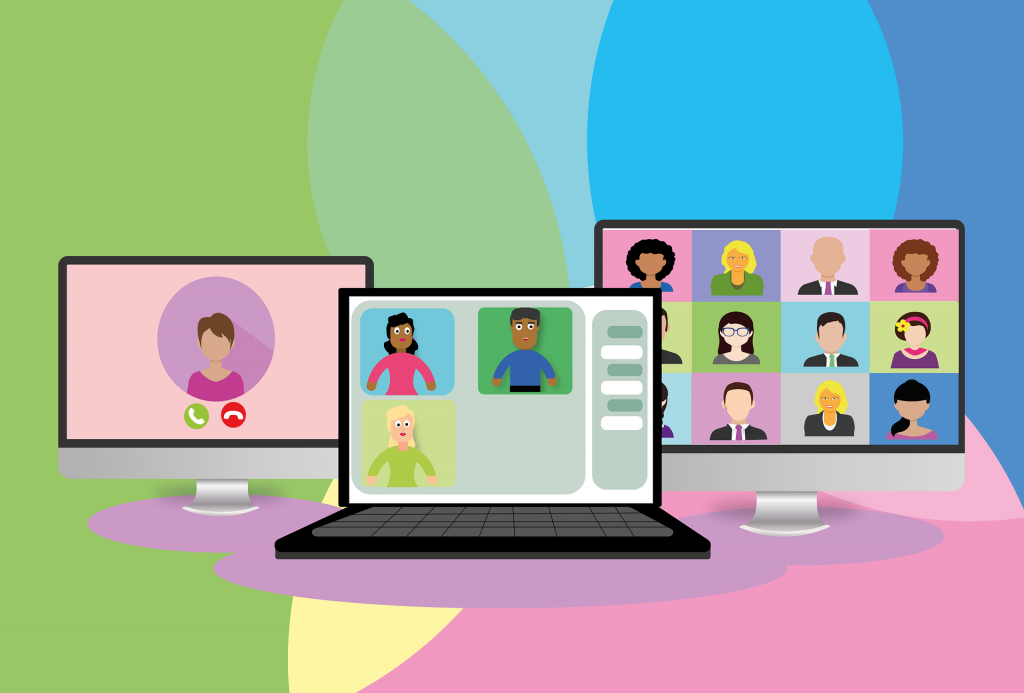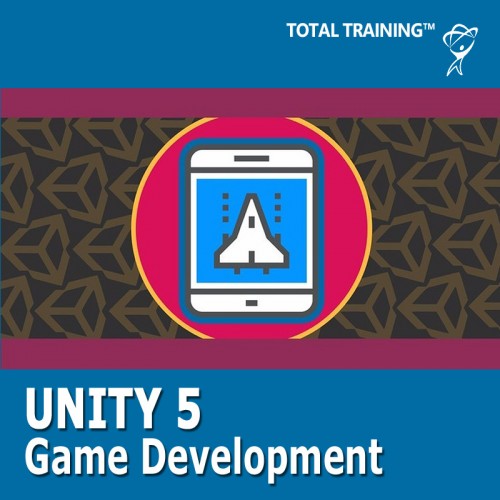
The Definitive Guide to Using Microsoft Teams for Project Management
by Katherine Rundell
Microsoft Teams has always been a great way to bring your teams together, to keep everyone informed and connected, and keep your business moving forward. However, this doesn’t mean Microsoft Teams can only be used to boost and enhance levels of communication.
In fact, when used in the right way, you can use Microsoft Teams as a complete and comprehensive project management solution. Don’t believe me? Today, I’m going to show you how.
In the guide below, we’re going to talk about absolutely everything you need to know when it comes to utilizing Microsoft Teams as a project management tool by sharing step-by-step guides, professional tips and tricks, and details on how all the features work.
Ready to go? Let’s jump into it.
Why Microsoft Teams Should Be Your Go-To Project Management Solution
First things first – why should Microsoft Teams be your go-to project management tool? After all, there are plenty of other websites and solutions out there that are dedicated project management services, so surely it would be better to go with one of these?
The truth is, Microsoft Teams has always been known as a communication tool. It’s one of the most promoted features, and it’s what many businesses take advantage of, but by default, the Teams application has so many more features built-in. The chances are you’re not using them, and then not using Teams to its full potential.
Some of the features you need to know, and features we’re going to be talking about today include document collaboration tools, presentation features, the ability to whiteboard during meetings, and then all the communication features on top of that.
All in all, Teams is a solution that truly packs a punch, and if you’re already using Teams in your day-to-day operations, then it only makes sense that you can make the most of the opportunities it’s providing for you.
If everyone in your workplace team already knows how to use it, it’s already installed within your systems, computers, and equipment, using Teams for project management really becomes a no-brainer.
Get Microsoft Teams Online Training Now!
Okay, enough chatting. Let’s jump into the real meat of how you can take Teams and transform it into the project management tool you’ve been looking for.
Keeping Work Accessible for Everyone
One of the most challenging aspects of trying to manage a team is making sure the work is accessible to everyone. Imagine one team member has just designed a logo for the client, and they email the sales team to ensure the client is happy with it. All seems good.
However, your web design team doesn’t have access to the logo and therefore, can’t implement it into the website when creating mockups for the client. They waste time trying to hunt it down on your servers and ask around. Luckily, they contact the one graphic designer who was off the day it was made so has no idea, and now the deadline is approaching. Everyone is getting stressed out, and now other tasks are behind, and the cycle continues.
Yes, it can get very stressful indeed.
On the other hand, using Microsoft Teams SharePoint feature, these problems can be a thing of the past. When working on essential documents, such as text documents, graphics, PowerPoint presentations, and so much more, it can all be accessed from the Teams platform.
SharePoint is very easy to use, much in the same way that other file-sharing applications are used, like DropBox. You just install the SharePoint software onto your computer, log into your account, and you’ll see a SharePoint directory created on your computer. Now, any folders or files that are added within the SharePoint folder are then accessible to everyone associated with the SharePoint account.
This SharePoint folder is also accessible through the Teams application, which means everyone can easily have access to the files they need. When you then additionally consider that Teams is fully compatible and available for mobile devices, you know your team can literally work on and access everything from anywhere, which opens up a whole new realm of possibilities.
How to Use the Planner to Assign Tasks
If your team is not already using the Microsoft Planner app to stay organized, then first of all, what are you doing? Second of all, you can now start using it and begin changing the way you organize your projects and project tasks now and forever. This feature is honestly game-changing.
We’re talking about the Planner feature because it’s designed to integrate seamlessly with the Teams system, which means all the features and benefits are instantly available at your fingertips.
The planner is great because you’ll be able to create an entry for every single task that needs to be completed, and you can then add individuals in who need to work on them. This ensures everything is completed on time and is managed, and there’s minimal room for error, mistakes, or a task going MIA.
Here’s how to integrate Planner into Teams:
Step One: Open your Teams group.
Step Two: At the top of the window, click the ‘+’ button, and create a new tab. Click the Planner option.
Step Three: Select which planner you want to add to the group, either by selecting one that exists or by creating a new one directly from the Teams window. Click save when the right planner has been selected
Step Four: There is no step four! That’s how easy it is to integrate Planner and Teams.
Guarantee Communication Using Teams and Channels
As a project manager, you know how important it is to keep everyone informed of what’s going on throughout the project. Communication is the key to success, but you’ll already know there’s such a hard balance between telling everyone everything and basically spamming/overwhelming them, and only giving them what they need to know.
There just aren’t enough hours in the day for that kind of organization and detail.
Or is there?
Using the Channels feature of Teams, you can set up dedicated channels and threads which you can then invite and add certain people and team members to join. This means you can keep everyone informed with what’s going on at all times, and people only need to be added to the channels that are necessary for them.
“You can add social chat channels and ‘all’ channels that everyone can be a part of, so when you do inevitably need to bring everyone together and broadcast important messages to all, you’ll already have the infrastructure set up to do that. It’s been a life-saver in the projects I’ve worked in, and it really is much simpler than most collaboration apps,” explains Duncan Nightingale, a project manager at Eliteassignmenthelp.
Here’s an example.
Let’s say you’re working at an SEO company, and you have four projects that you run for each client you have. Let’s say you have sales and customer support, the technical side of things, a content creation department, and an optimizing team.
Using Teams, you can create a new Teams tab for every single customer and then create channels within those tabs for each of the projects and services you offer. Put your team members in the right channel, and you’ll be all set up to provide effortless communication that’s organized and efficient.
What’s more, it only takes a few clicks (and some channel titling) to set all this up!
Using Teams and Mio for Improved Communication
Everyone knows that Teams are great for connecting everyone, but it’s easy to run into problems, the most common of which being that not everyone uses Teams. Some people, including your clients and customers, or B2B businesses you work with, may use platforms like Slack or Webex.
Of course, you can’t expect people outside your business just to pick up Teams and drop what they’re currently using, but this does make things difficult. It’s simply unproductive to have your team constantly switching apps and trying to make sure all files are sent to the right places, and every message is being taken care of.
This is where Mio comes into play.
Mio is a fantastic cross-platform communication tool that links Slack, Microsoft Teams, and Webex News together, so all communication, regardless of the app it’s coming from, can be seen, managed, and replied too, all in one place.
Gone are the days of having to completely switch apps and manage all these different resources and solutions. It’s frustrating. It’s stressful. It’s unproductive. It wastes so much time. This is a solution we all need.
Thankfully, the software is super-easy to set up and start using, it’s easy to connect your Teams accounts, and there’s next to no learning curve because the app has been designed to be as innovative as possible. If you’re working with multiple messaging and communications platforms, this is definitely an app worth checking out.
Deadline Management using the Shared Calendar
The bane of a project manager’s existence: deadlines.
Organizing and getting everyone to stick to their deadlines is no easy feat, especially when you have departments relying on each other to finish work so they can continue to complete the project. Fortunately, while managing everything can be tough, Teams make it far easier than ever before.
Introducing the shared calendar.
“Granted, shared calendars are nothing new. Google has one. Apple has one. Etc. But when you’re already using Teams, setting up the shared calendar, so it contains everything that everyone needs to know, suddenly your job managing the project and ensuring everything is completed on time becomes so much easier,” shares Lisa Harper, a tech blogger at Assignment Writing Services.
Let’s dive into this.
Continuing with our make-believe SEO company, let’s say your customer support team (who deals and interacts with your clients) needs to know when a website is going to be optimized. They can simply look at the calendar and see exactly when that’s going to be done.
Another example where the customer requests the website is optimized for their relaunch on the 1st of next month. All the entries can be added as a high priority, where all the relevant team members will see the tag and know what order to prioritize tasks in.
Since Teams are integrated into Outlook, when you’re signed in to your Outlook account, you’ll be able to see both your personal (entries are highlighted blue) and your shared calendar entries (entries are highlighted green). This is ideal for when it comes to organizing meetings and planning ahead for what needs to be done.
Here’s how to create and add a group (shared) calendar:
Step One: Create a calendar in your usual Outlook web app and copy the calendar’s URL.
Step Two: Select which group you want to use the calendar with. This will open the group mailbox feature. When loaded, click ‘Calendar.’
Step Three: Copy this URL (making sure to include the ‘/group/GROUPNAME@domain/calender’ bit).
Step Four: Create a new tab in Teams, select the ‘website’ option, and call the tab ‘group calendar.’ Paste in the URL into the URL bar and click save.
There you go! The tab is set up, and you’ll have a group calendar that everyone can access. Just remember to add them to the tab as you usually would.
Shop Microsoft Online Courses from Total Training Now!
Closing Thoughts
As you can see, Microsoft Teams is a fantastic project management tool when used in the right way and all its amazing and helpful features are understood. When you consider all the additional third-party applications that can be added into the network, it turns out that workplace teams are provided a bespoke project management solution that you can edit and adjust to suit your business’s personal requirements.
It doesn’t matter what operations you have, what workflows you’re working with, or what processes you’re trying to carry out; Teams can be effortlessly integrated into your practices. It’s safe to say your approach to project management will never be the same again.
Explore More Total Training Online Courses Now!
About the Author:
Katherine Rundell is a project manager and writer at Big Assignments. She used to work in consulting, helping businesses and individuals make the most of solutions that were available to them, and now shares this experience with her audience.






















Leave A Comment